Although North Korea failed in its missile launch on May 31, it made South Korea, the US and Japan extremely worried about Pyongyang's next intentions.
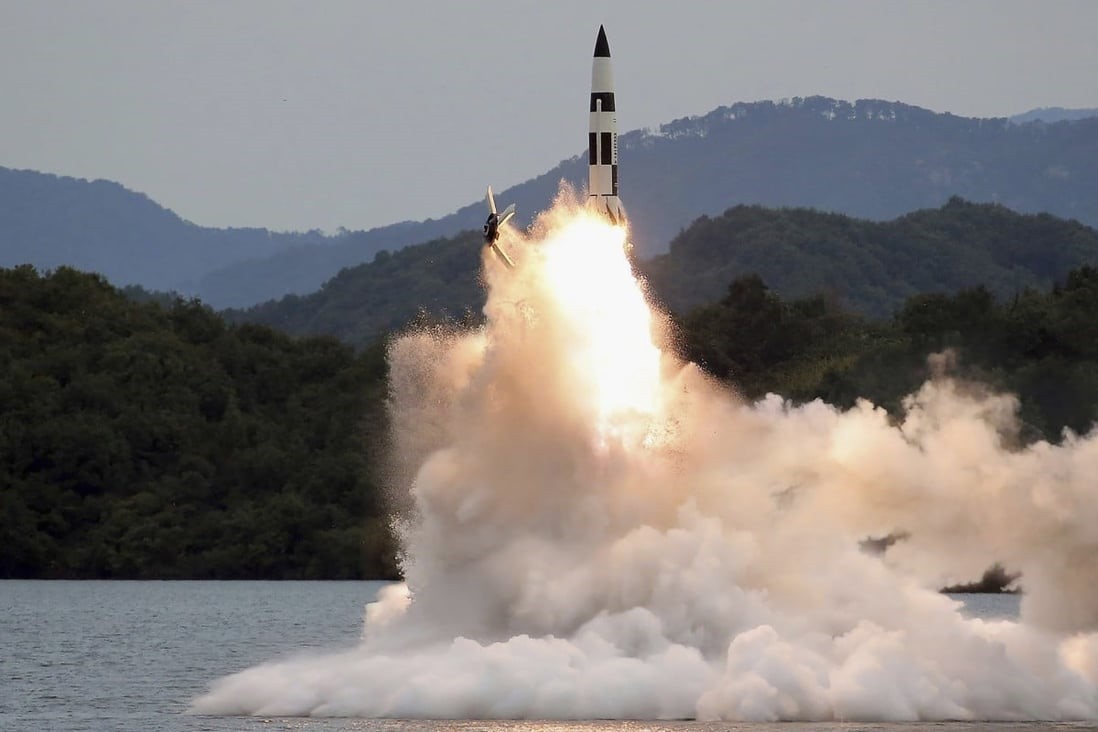 |
| Image of a North Korean missile launch. (Source: AP) |
On May 31, North Korea launched a "space launch vehicle" but the launch failed and the missile fell into the sea.
According to a North Korean official, the new missile "Chollima-1" carrying the military reconnaissance satellite "Malligyong-1" fell into the sea due to "abnormal start of the second stage engine".
The North Korean Central News Agency ( KCNA ) said the country plans to conduct a second launch as soon as possible.
Seoul's Joint Chiefs of Staff (JCS) said it detected the launch from Tongchang-ri on North Korea's west coast at 6:29 a.m. and the missile fell into waters about 200 kilometers west of South Korea's Echeong Island after flying over the border island of Baengnyeong.
The South Korean military has recovered a piece of North Korean missile debris. It is a cylindrical object believed to have been used to connect the first and second stages of the missile. Observers say such a part could shed light on the rocket's construction and North Korea's technological advancements.
North Korea has notified Japan and the International Maritime Organization of its plans to launch a satellite early this week between May 31 and June 11 despite criticism that the activity would violate United Nations Security Council (UNSC) resolutions banning any launches using ballistic missile technology.
The missile launch marked North Korea's first provocative action since it test-fired the Hwasong-18 intercontinental ballistic missile on April 13.
Failure, why?
According to KCNA , the failure of this launch was due to "low reliability and stability of the new engine system adopted for the carrier rocket and unstable nature of the fuel used".
KCNA said the rocket flew "normally" until the separation of the first stage revealed defects stemming from the second stage booster system and rocket fuel - key elements for putting a satellite into orbit.
Chang Young-keun, a rocket expert at Korea Aerospace University, said the second-stage engine may have failed to ignite and burn after the first stage separated.
Analysts say the North Korean missile is believed to be powered by a Paektusan liquid-fuel engine modeled after the Soviet-made twin RD-250 engines.
Its first and second stages could carry a 160-ton, twin-chamber Paektusan engine and a single chamber, while the third stage could be equipped with two small liquid-fuel engines. These engines require liquid fuel as well as oxidizer. In particular, the need to store liquid oxygen at extremely low temperatures could pose a challenge for North Korea.
It remains unclear whether North Korea can follow through on its stated plan to fix any defects and conduct another space rocket launch “as soon as possible.”
On May 30, Ri Pyong-chol, Vice Chairman of the Central Military Commission of the Workers' Party of Korea, stressed the need to secure reconnaissance facilities before officially announcing the missile launch plan.
In a statement carried by KCNA , Mr Ri said the spy satellite was "indispensable for monitoring, supervising, distinguishing, controlling and countering dangerous military moves" by the US and South Korea in real time.
International community response
Following North Korea's latest missile launch, the South Korean Presidential Office convened an emergency session of the National Security Council Standing Committee, condemning the launch as a "serious provocation" that threatens peace on the Korean Peninsula in particular and the world in general.
Ahead of the launch, South Korea had "strongly" warned that it would make Pyongyang "pay a heavy price" if it went ahead with the launch.
Immediately after the launch, the Japanese government issued a warning urging residents in southern Okinawa to seek shelter, but the order was lifted about 35 minutes later after confirming that the missile was unlikely to fall on national territory.
Japanese Prime Minister Kishida Fumio told reporters in Tokyo that the government was collecting and analyzing information about the launch and there were no reports of damage from the projectile.
Japan's Chief Cabinet Secretary Hirokazu Matsuno said at a news conference that Tokyo had lodged a protest with Pyongyang over the launch, adding that whether the projectile was a satellite-carrying missile was "under analysis".
Japanese Defense Minister Yasukazu Hamada told reporters that the Japan Self-Defense Forces will remain vigilant and ready to intercept as the designated launch window has not yet ended.
The White House said the United States condemned North Korea's missile launch, noting that President Joe Biden and his security team were coordinating an assessment of the situation with allies and partners.
The top nuclear envoys of South Korea, the United States and Japan held trilateral phone calls and also "strongly condemned" the launch, stressing it could not be justified in any way, according to Seoul's foreign ministry.
In a separate statement, the US Indo-Pacific Command stressed its "ironclad" security commitment to South Korea and Japan, and said it would continue to monitor the situation.
UN Secretary-General Antonio Guterres "strongly" condemned the launch, reiterating his call on Pyongyang to cease such actions and "swiftly" resume dialogue for peace, a spokesman for the UN secretary-general said in a statement.
With Pyongyang just the beginning?
After admitting failure unusually quickly, North Korea said it would conduct a second launch once it learned what had happened, suggesting North Korean leader Kim Jong Un remains determined to expand his arsenal and put more pressure on Washington and Seoul as diplomacy stalls.
A North Korean satellite launch would violate UN Security Council resolutions banning the country from conducting any launches based on ballistic technology.
Observers say North Korea’s previous satellite launches have helped improve its long-range missile technology. North Korea’s long-range missile tests in recent years have shown the country has the ability to reach the entire continental United States, but outside experts say North Korea still has some work to do to develop a working nuclear missile.
Recent commercial satellite imagery of North Korea’s Sohae launch site shows ongoing construction activity, suggesting the country may be planning to launch more than one satellite. North Korea has said it will test “various reconnaissance means” to monitor the movements of the US and its allies in real time.
With three to five spy satellites, North Korea could build a space-based surveillance system that would allow it to monitor the Korean Peninsula in near real time, according to Lee Choon Geun, an honorary research fellow at the Korea Science and Technology Policy Institute.
The satellite is one of several high-tech weapons systems that Chairman Kim Jong Un has publicly said he will introduce. Other weapons on his wish list include multiple warhead missiles, nuclear submarines, solid-fuel intercontinental ballistic missiles and hypersonic missiles.
During a visit to the space agency in mid-May, Chairman Kim Jong Un stressed the strategic importance of a spy satellite in North Korea's confrontation with the United States and South Korea.
Source



![[Photo] Party and State leaders meet with representatives of all walks of life](https://vstatic.vietnam.vn/vietnam/resource/IMAGE/2025/8/24/66adc175d6ec402d90093f0a6764225b)

![[Photo] Impressive image of 31 planes taking flight in the sky of Hanoi during their first joint training](https://vstatic.vietnam.vn/vietnam/resource/IMAGE/2025/8/24/2f52b7105aa4469e9bdad9c60008c2a0)
![[Photo] The ceremonial artillery is ready to "fire" for the second parade rehearsal at My Dinh National Stadium.](https://vstatic.vietnam.vn/vietnam/resource/IMAGE/2025/8/24/883ec3bbdf6d4fba83aee5c950955c7c)




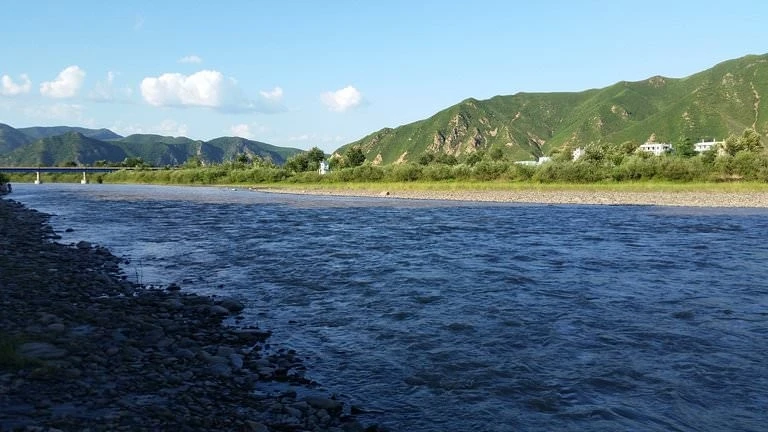

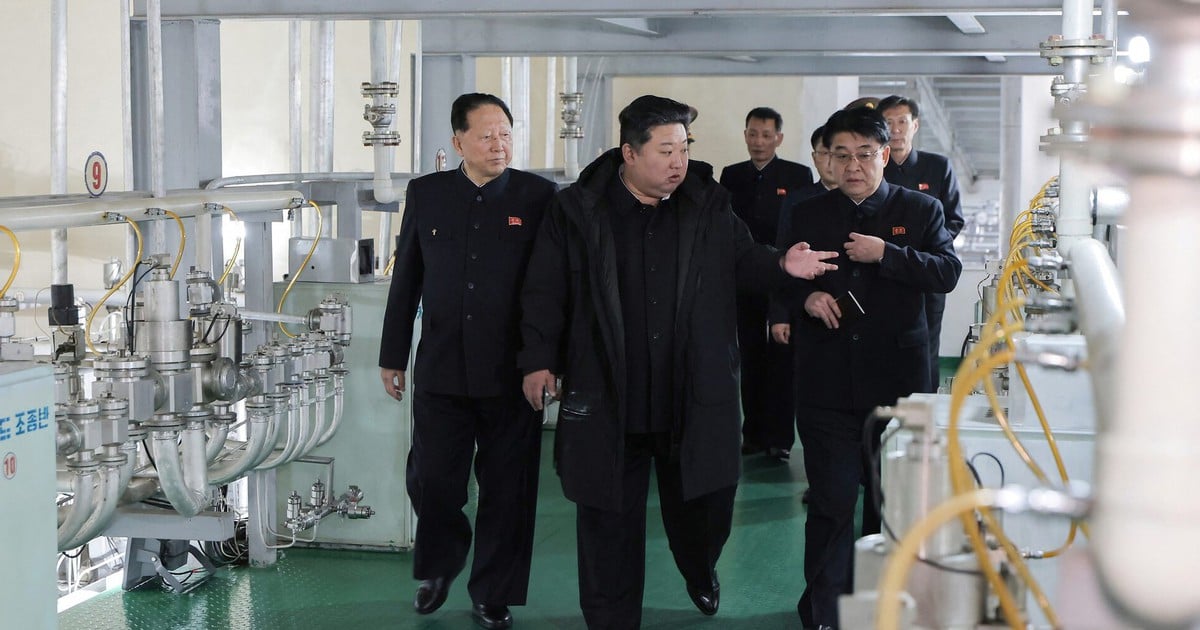



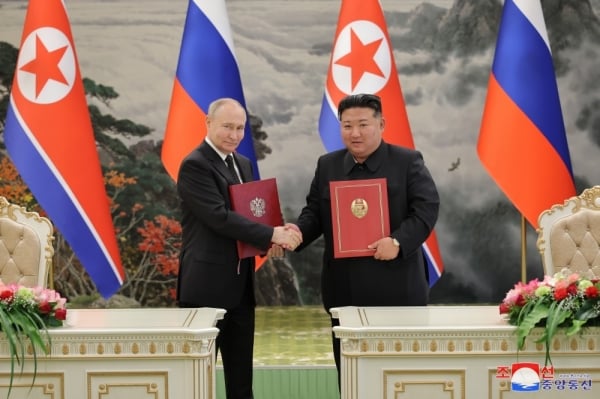




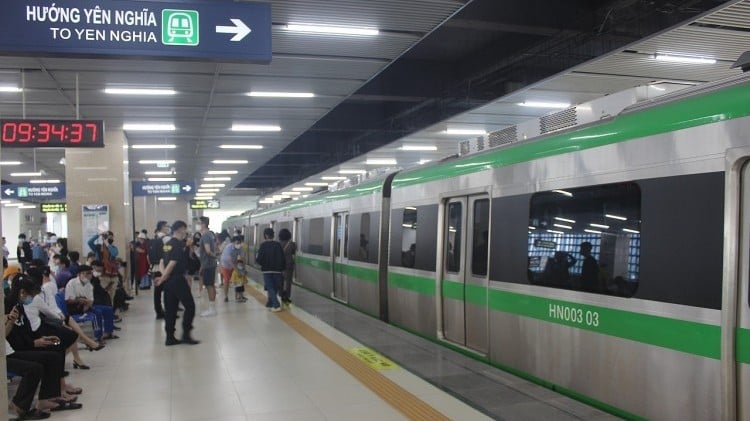












![[Photo] Phu Quoc: Propagating IUU prevention and control to the people](https://vstatic.vietnam.vn/vietnam/resource/IMAGE/2025/8/24/f32e51cca8bf4ebc9899accf59353d90)





























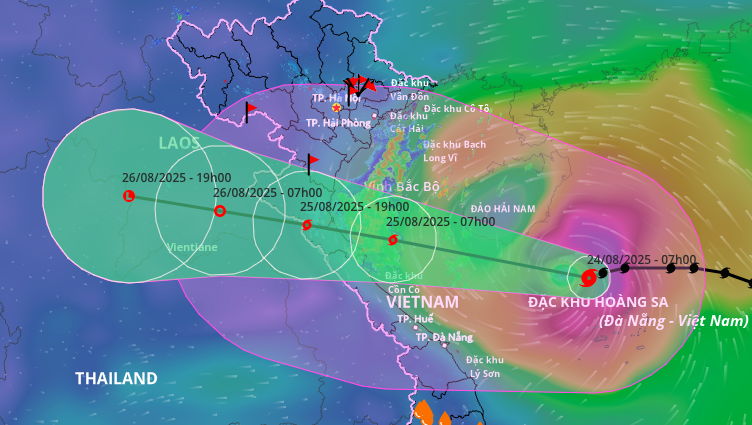












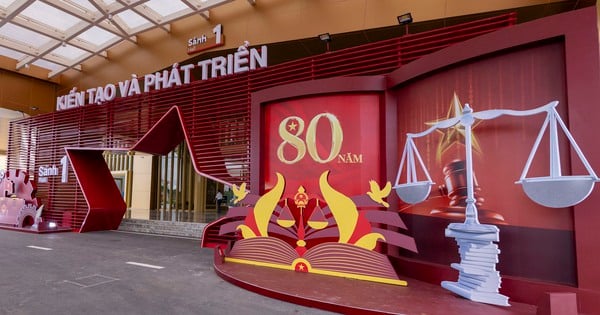


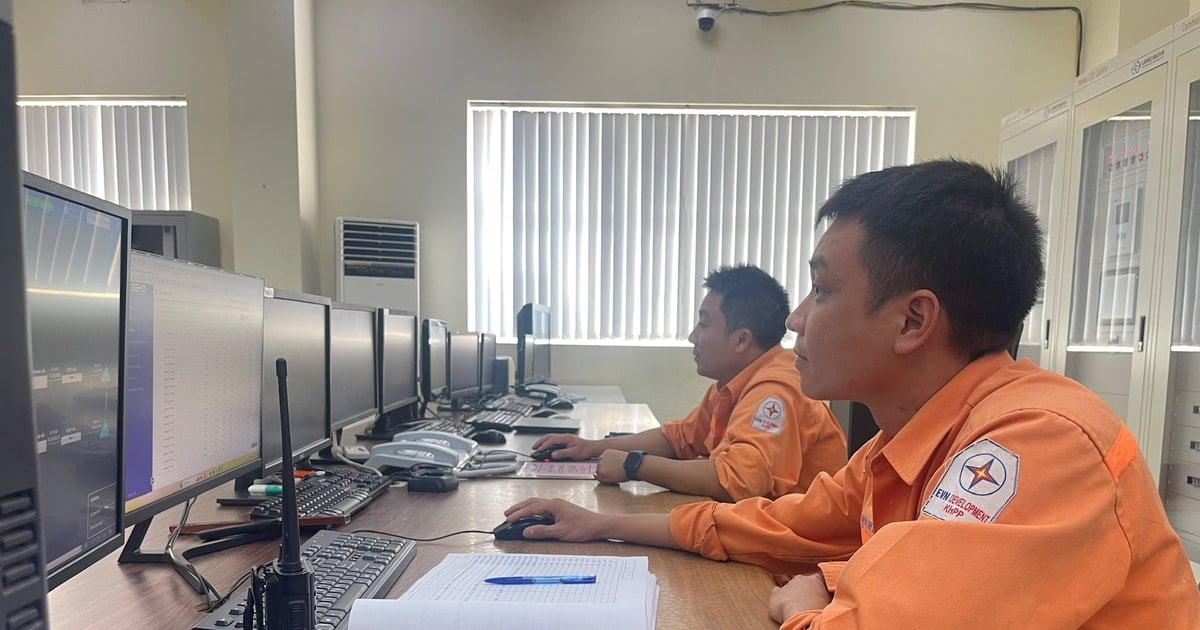






















Comment (0)